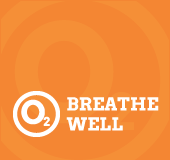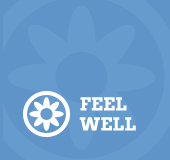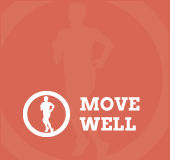Sexually Transmitted Infections
Sexually Transmitted Infections (STIs) are also known as Sexually Transmitted Diseases (STDs). There are many kinds of STIs, and they are very common - more than half of all people will get one at some point in their lifetime. See the list below for additional information on common STIs.
- Chlamydia
- Gonorrhea
- Hepatitis A, Hepatitis B, and Hepatitis C
- Herpes
- Human Immunodeficiency Virus (HIV)
- Human Papillomavirus (HPV)
- Pubic Lice (Crabs)
- Scabies
- Syphillis
- Trichomoniasis
How Are STIs Transmitted
- STIs are passed through vaginal, anal, or oral sex.
- Some can be passed through skin-to-skin contact.
- HIV and hepatitis can be passed by sharing needles for drugs, steroids, hormones, vitamins, tattoos or body piercing.
Symptoms of STIs
It is common to have an STI without any symptoms. However, if you do have symptoms, they may include:
- Sores, bumps, warts or blisters on the genitals, anus or mouth
- Pain or burning when urinating or frequent urination
- Pain when having sex
- Unusual discharge or smell from the vagina
- Bleeding between menstrual periods
- Vaginal bleeding after sex
- Swelling around the anus
- Discharge from the penis
- Swollen or tender testicles
Preventing STIs
In most cases, STIs can be prevented. The most reliable protection is abstinence (choosing not to have sex) and not sharing needles. Other forms of protection include:
- Using condoms consistently and correctly during sex.
- Reducing your number of sex partners.
- Choosing less risky sexual behaviors.
- Avoidng sex if using alcohol or recreational drugs.
- Getting vaccines to protect you from HPV and hepatitis B.
- Taking PrEP HIV medication to reduce your risk.
- Getting yourself tested and making sure your partner gets tested.
When to See a Healthcare Provider
You should see a healthcare provider if:
- You have had vaginal, anal, or oral sex without using a condom.
- You have had sexual or intimate contact with someone you think was infected with a STI.
- You have symptoms or think you may be infected.
- You have shared needles for drugs, steroids, hormones, vitamins, tattoos or body piercing.
- You are pregnant or planning to be pregnant. Treatment can help keep both you and your child safer.
Local Resources
- Free Condoms
- Testing Locations
- Falls Community Health Testing
- Falls Community Health Ryan White Program
- Heartland Health Resource Center
- South Dakota Department of Health
National Resources
- HIV.gov
- Centers for Disease Control and Prevention-HIV/AIDS
- Centers for Disease Control and Prevention-STIs
- Get Yourself Tested
- National Library of Medicine
- Planned Parenthood
- POZ Magazine
- Ryan White Program
- TheBody.com
Sources: Centers for Disease Control and Prevention (CDC), South Dakota Department of Health





















